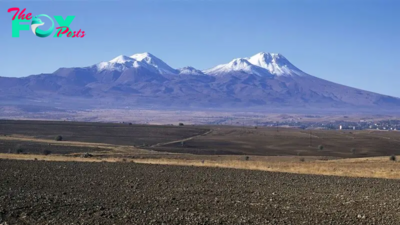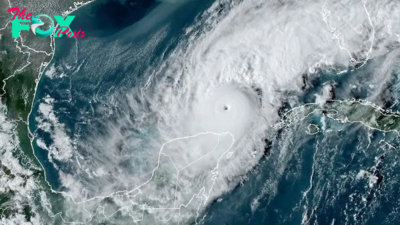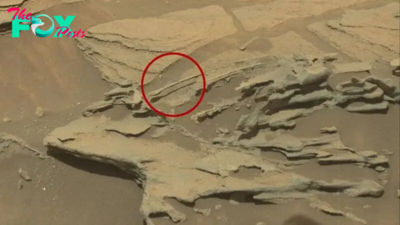Science
Near-indestructible moss can survive gamma rays and liquid nitrogen
A frilly little desert moss can survive freezing conditions, dehydration and enough radiation to kill a human 1,000 times over, scientists have discovered.
This moss, named Syntrichia caninervis, lives in harsh environments across the planet, from the Mojave Desert to Antarctica. Now, a new study finds that it could survive in even nastier conditions. When subjected to a week in an environment like the surface of Mars, the researchers found that the hardy moss could bounce back.
Its survival abilities may even outdo those of tardigrades, microscopic "water bears" that can live in the vacuum of space. The moss is better at handling heat — and can survive even higher doses of radiation — than tardigrades, the researchers said after subjecting the little moss to multiple ought-to-be-fatal indignities.
"Our study shows that the environmental resilience of S. caninervis is superior to some of [the] highly stress-tolerant microorganisms and tardigrades," study researchers Daoyuan Zhang, Yuanming Zhang and Tingyun Kuang, of the Chinese Academy of Sciences (CAS), wrote in a statement. The researchers published their findings July 1 in the journal The Innovation.
The team collected the moss from the Gurbantünggüt Desert in northern China. They first subjected samples of the moss to near-complete air-drying. Though the dried moss shriveled and turned black, it returned to full springy greenness within 20 seconds of rehydration. After 99% dehydration followed by rehydration, the moss returned to full photosynthetic capacity within two minutes, the scientists found.
The moss also showed remarkable resilience against cold: After 30 days of immersion in liquid nitrogen at minus 320 degrees Fahrenheit (minus 196 degrees Celsius), the moss could recover and grow new branches. It could also survive for at least five years at minus 112 F (minus 80 C). While the moss rebounded fastest if it was dehydrated before freezing, it could also survive these conditions if frozen without being dried first.
—What are tardigrades, and why are they nearly indestructible?
—8 reasons we love tardigrades
—Could we really terraform Mars?
Finally, the researchers zapped the moss with massive amounts of gaMMA radiation. They found that the moss could survive up to 4,000 gray of ionizing radiation without much trouble. For comparison, 4 gray is considered a fatal dose of ionizing radiation for humans. (A dose of ionizing radiation is considered fatal when it kills half of those exposed to it.) For S. caninervis, the fatal dose is 5,000 gray. Even the hardy tardigrade tops out at 4,200 gray, the authors wrote.
-

 Science1w ago
Science1w agoYou Won’t Want to Miss October’s Rare Comet Sighting. Here’s How and When You Can See It
-

 Science3w ago
Science3w agoA New Spacecraft Could Help Determine if There’s Life on a Moon of Jupiter
-

 Science3w ago
Science3w agoWe Can Thank Deep-Space Asteroids for Helping Start Life on Earth
-

 Science4w ago
Science4w agoStranded Astronauts Set to Come Home After SpaceX Capsule With Extra Seats Reaches ISS
-

 Science4w ago
Science4w ago'Every volcano has its own personality': Mystery Mount Adams earthquake surge under investigation
-

 Science4w ago
Science4w agoEarth's crust may be building mountains by dripping into the mantle
-

 Science4w ago
Science4w agoHow strong can hurricanes get?
-

 Science4w ago
Science4w ago32 things on Mars that look like they shouldn't be there



























